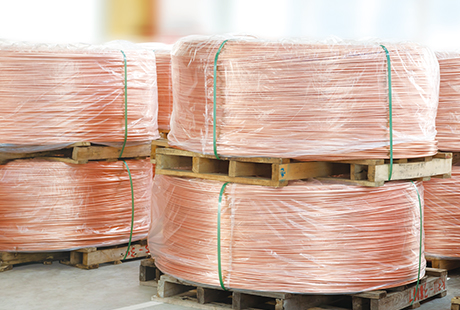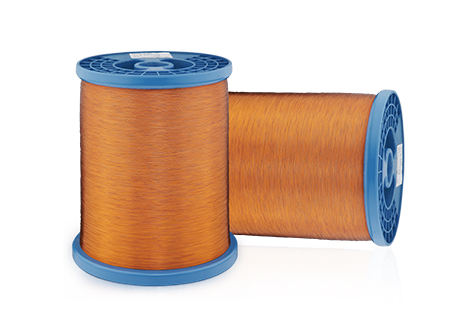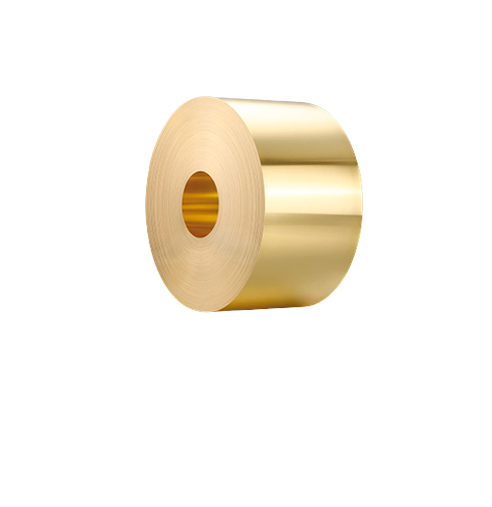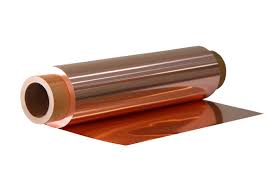As the expectations for the working performance of electronic products continue to rise, the design emphasis has shifted towards increasing the lifespan of connectors. Simultaneously, this has become the primary indicator for assessing the reliability of connector performance. Intense market competition further compels designers to explore suitable materials within budget-friendly alloy options, bringing connector copper alloys remarkably close to their performance limits.
How do we predict the lifespan of electronic connectors? Decisions regarding existing materials can be made based on stress release data, widely applied in the computer, communication, and automotive electronic industries. However, limited data on the lifecycle of products, especially in the computer domain, poses a challenge. This scarcity becomes even more pronounced in providing useful data for shortening product lifecycles and development times.
To narrow down the selection of contact materials, a significant portion of designers relies on stress release data. Nevertheless, many designers are also on the lookout for better testing methods to precisely predict lifespan, aiming to reduce the number of samples required for testing and thereby cutting costs.
High-density connectors for extreme conditions and automotive connectors inside engine compartments are often designed to meet 3rd or 1st level requirements. These necessitate low initial mating forces, making stress release crucial even at lower temperatures.
However, establishing standardized testing data for conditions requiring special environmental tests is a challenging task.
Under normal operating temperatures, testing periods ranging from 1000h to 3000h are typically sufficient to assess the characteristic data of automotive electronic products. However, evidence suggests a growing interest in characteristic data beyond 3000h, equivalent to a lifespan of 150,000 miles. Neglecting changes in slope in test data can lead to an overestimation of contact lifespan, with the overestimation growing as time progresses. Currently, the most widely used representation for test data at a specific temperature is the semi-logarithmic graph.
Conclusions drawn from stress release testing experiments include:
Jintian Copper, with a focus on copper processing for over three decades, stands as a global leader copper tubes manufacturer in supplying copper and copper alloy materials. Their main products, including copper alloy sheets, strips, tubes, wires, rods, electromagnetic wires, and rare earth neodymium iron boron permanent magnetic materials, consistently rank among the top in the industry. High-performance copper sheets and copper alloy rods find widespread use in the connector industry. With seven major production bases and branches in locations like Hong Kong, the United States, Germany, Japan, Thailand, and South Korea, Kintan Copper continues to be a reliable presence in the industry, ensuring the delivery of high-quality copper materials globally.
Copper Alloy Sheet Advantages
Product tolerances below 0.015mm, consistent surface quality for excellent electroplating performance, meeting customers' needs for minimal processing.
Copper shavings after turning are less than 2mm², boosting customer processing efficiency and reducing equipment maintenance costs.

 English
English 日本語
日本語 한국어
한국어 français
français Deutsch
Deutsch Español
Español italiano
italiano العربية
العربية tiếng việt
tiếng việt Türkçe
Türkçe ไทย
ไทย 中文
中文





